Custom canvas tote bags are not just a fashion statement—they’re an eco-conscious lifestyle choice. With more consumers opting for reusable over plastic, tote bags have emerged as everyday essentials. Whether it’s grocery shopping, carrying books, or accessorizing an outfit, canvas totes have carved a place in modern consumer behavior.
Table of Contents
This rising popularity makes custom tote bags one of the most profitable and sustainable print-on-demand (POD) product ideas. You don’t need to worry about holding inventory or managing shipping. POD lets you focus entirely on design, marketing, and growing your brand. In this comprehensive guide, you’ll learn exactly how to design, sell, and scale a tote bag business from scratch.
Why Sell Custom Canvas Tote Bags?
There are several compelling reasons why tote bags are one of the most attractive products for new and seasoned e-commerce sellers:
Eco-Friendly Appeal
With increasing awareness of environmental issues, consumers are actively choosing reusable products. Custom canvas totes, often made from 100% cotton or recycled materials, align with eco-conscious values. Positioning your brand as sustainable adds both emotional and social value to your products.
Low Production Cost
Most POD platforms offer canvas tote bags at base prices ranging from $5 to $15. With retail prices typically between $20 and $40, the margins can be significant—even after accounting for shipping and ad spend.
Highly Customizable
Canvas tote bags serve multiple niches—making them a blank canvas, quite literally. You can tailor your designs for various audiences including readers, students, environmentalists, travelers, and fashion-forward shoppers.
Scalability Without Risk
POD allows you to list dozens of designs without manufacturing them in advance. You only pay for a product when a customer places an order. This means you can test multiple designs, styles, and niches with minimal investment.
Step 1: Choose the Best POD Provider for Tote Bags
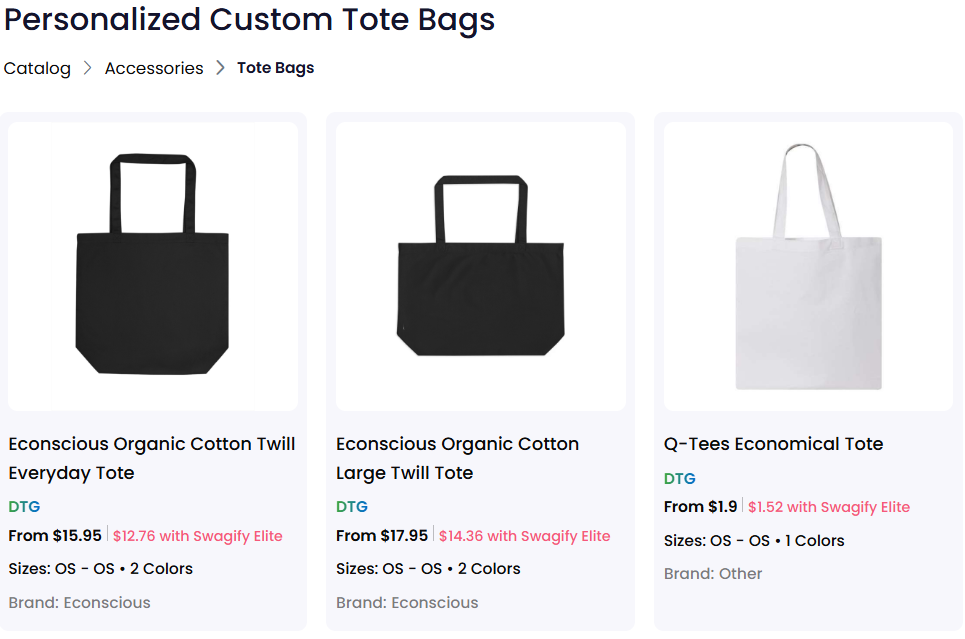
Your first step is selecting a print-on-demand provider that offers high-quality canvas tote bags with consistent print results, durable stitching, and timely fulfillment. Not all POD platforms are equal in this regard.
Some leading options include:
SwagifyPOD
SwagifyPOD connects you to multiple global print providers. This means you can choose based on shipping location, price, and tote bag quality. They also integrate easily with Shopify, Etsy, and WooCommerce.
Printful
Printful focuses on premium eco-friendly products, making it a great fit if sustainability is a core part of your brand. They often feature vendors with faster shipping and higher-end materials.
Teespring
Best for beginners, Teespring offers a user-friendly interface and built-in marketing tools, which can help you launch faster. However, customization options for bags might be more limited compared to other platforms.
Pro tip: Always order a sample before you start selling. Check for fabric thickness, print clarity, handle strength, and how the design looks after a wash.
Step 2: Design Your Custom Tote Bag
A. Define Your Niche
Before you create designs, identify a clear target audience. The more specific your niche, the easier it is to build a loyal customer base.
- For eco-conscious shoppers: Use earthy colors, botanical illustrations, or sustainability messages.
- For book lovers: Think witty literary quotes, vintage illustrations, or designs inspired by classic novels.
- For fitness enthusiasts: Create bags with bold typography and motivational quotes.
- For fashion-focused audiences: Minimalist patterns, trendy phrases, or aesthetic artwork work best.
B. Create High-Quality Designs
Once your niche is clear, it’s time to start designing. You can use tools like:
- Canva: Beginner-friendly with ready-made templates.
- Adobe Illustrator or Photoshop: Ideal for creating layered, detailed designs with professional results.
- Procreate: A favorite among artists for hand-drawn or illustrative designs.
Design guidelines for print success:
- Always design at 300 DPI resolution to avoid pixelation.
- Ensure all text and elements are within the printable area.
- Avoid placing critical details near the seams or edges.
- Test your design on mockups to check visibility and scale.
C. Upload and Preview
Once your design is finalized, upload it to your chosen POD platform. Most platforms will generate 3D mockups, showing how your artwork will appear on the tote bag. Take time to review the positioning, sizing, and print quality on different backgrounds.
Step 3: Set Up Your Online Store

A. Choose the Right Selling Platform
Depending on your business goals, select a platform that suits your level of experience and growth ambitions:
- Shopify: A powerful and scalable e-commerce solution. Ideal for those building a long-term brand.
- Etsy: Excellent for handmade, unique, and custom items. Great organic reach for artists and designers.
- WooCommerce: A flexible choice for WordPress users who want full control and customization.
B. Optimize Product Listings for SEO and Conversions
Your product listing is your first salesperson. Make it count.
Title Optimization
Use clear, keyword-rich titles like:
“Custom Eco-Friendly Canvas Tote Bag – Book Lover Quote Design”
“Reusable Cotton Tote with Minimalist Artwork – Personalized Gift Idea”
Product Description Essentials
- Material: Highlight whether it’s 100% cotton, organic, or recycled fabric.
- Size and Capacity: Include dimensions and what it can hold (e.g., laptop, groceries, books).
- Durability: Mention reinforced stitching, washable fabric, and colorfast printing.
- Use Cases: Add bullet points like great for shopping, school, travel, gym, or gifting.
- Care Instructions: Add notes on washability and ironing.
Visuals that Build Trust
Include multiple images:
- Front and back views
- Close-up of stitching and handles
- Lifestyle photos showing people using the tote in real situations
This builds visual credibility and reduces return rates.
Step 4: Market Your Tote Bags for Maximum Sales
| Strategy | Action Steps | Platform/Tools | Tips |
|---|---|---|---|
| Audience Targeting | Identify ideal buyers (e.g., eco-conscious shoppers, students, artists). | Instagram/Facebook Insights | Use polls/stories to ask followers what designs they prefer. |
| Content Plan | Post 3x/week: product photos, behind-the-scenes reels, customer testimonials. | Instagram, TikTok, Pinterest | Show bags in real-life scenarios (e.g., grocery runs, beach trips). |
| Engagement Boost | Run giveaways (e.g., “Tag 2 friends to win a free tote!”). | Instagram Stories, Facebook Groups | Collaborate with micro-influencers for wider reach. |
| Pricing Promotion | Offer limited-time discounts (e.g., “15% off first order with code WELCOME15”). | WhatsApp Broadcast, Email Lists | Bundle deals (e.g., “Buy 2, get 1 free”) increase average order value. |
| SEO & Hashtags | Use keywords: #EcoFriendlyBags, #CustomTotes, [Your Brand Name]. | Instagram, Pinterest, Google Ads | Mix popular and niche hashtags (e.g., #SustainableFashion + #YourCity). |
| Paid Ads | Boost posts targeting women aged 18–35 interested in fashion/sustainability. | Facebook/Instagram Ads Manager | Start with $5/day to test ad performance. |
| Analytics | Track sales sources (e.g., link clicks, coupon codes) monthly. | Google Analytics, Shopify Reports | Double down on top-performing platforms. |
A. Social Media Marketing
Custom tote bags are highly visual, making them ideal for social platforms.
- Pinterest: Create keyword-rich pins linking to your store. Tote bags do especially well in gift, fashion, and sustainability categories.
- Instagram and TikTok: Share aesthetic photos, customer testimonials, design process clips, and UGC (user-generated content).
- Facebook Ads: Target eco-conscious consumers, fashion lovers, students, and parents.
B. SEO and Content Marketing
Optimize your store and product pages for search engines by targeting relevant keywords:
Examples include:
- personalized canvas tote bag
- custom book lover tote
- reusable cotton shopping bag
- eco-friendly tote bag gift
Blog content ideas to drive organic traffic:
- “10 Creative Ways to Use a Canvas Tote Bag”
- “Why Custom Tote Bags Make the Perfect Gift in 2025”
- “How to Choose the Best Reusable Shopping Bag for Everyday Use”
Regularly publish SEO-focused content on your blog or store to improve Google rankings.
C. Influencer and Email Marketing
Work with micro-influencers in the lifestyle or sustainability space. Offer free bags in exchange for content or promo codes.
Build an email list from day one using sign-up incentives like:
“Get 10% Off Your First Order” or “Join for Early Access to Limited Designs”
Send emails with product updates, restocks, and style tips to keep your audience engaged.
Step 5: Fulfillment, Customer Service, and Scaling
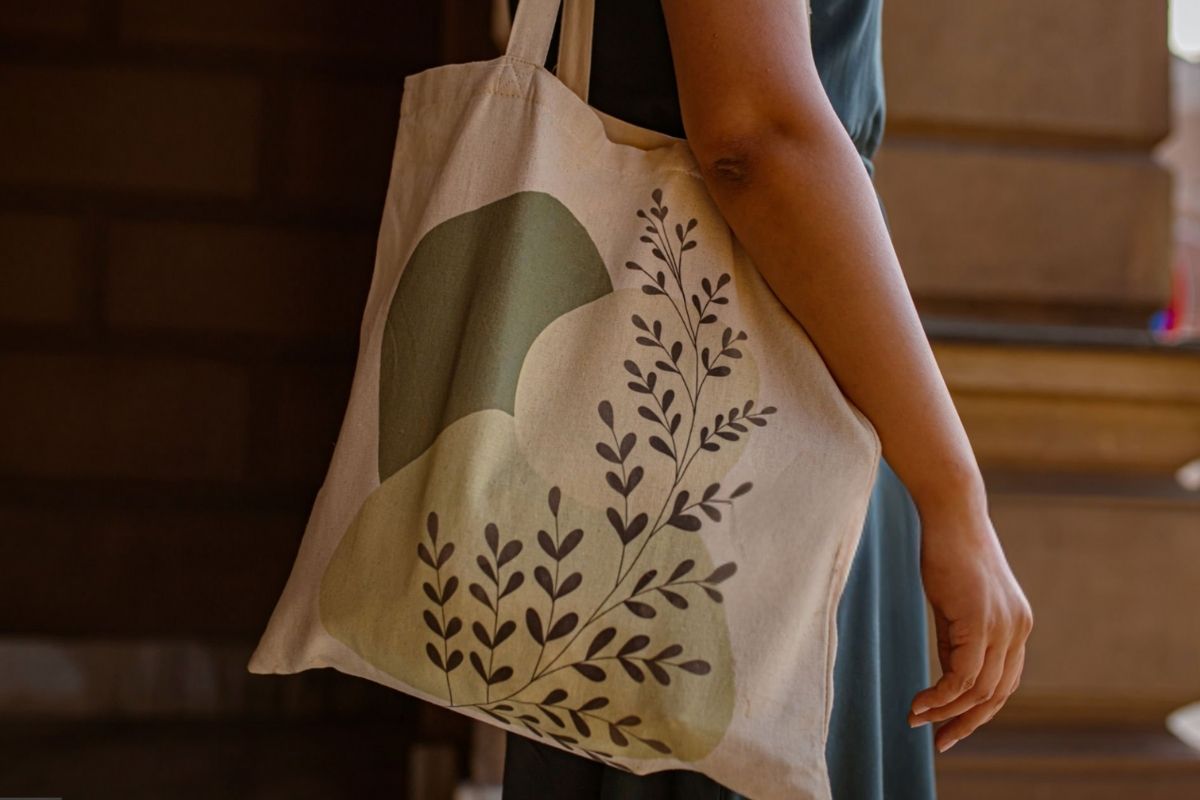
Let POD Handle Shipping
Once a customer places an order, your POD provider prints and ships it—no need to manage inventory. Still, it’s your job to communicate shipping timelines and expectations clearly to the customer.
Maintain Quality Control
Check reviews regularly and re-order samples if needed. If any designs consistently get poor feedback, consider discontinuing them.
Bundle and Upsell
Offer matching items like:
- Canvas tote + custom mug
- Tote bag + sticker pack
- Limited-edition bundles for holidays or themes
This boosts your average order value and builds brand recognition.
Final Thoughts
Selling custom canvas tote bags using a print-on-demand model is an excellent way to combine creativity with sustainability. With no upfront costs, endless niche opportunities, and growing consumer demand for eco-friendly alternatives, you can turn a simple tote into a profitable brand asset.
By carefully selecting your POD partner, creating compelling designs, optimizing your listings, and marketing strategically, you can build a business that’s both impactful and scalable.
Ready to launch? Choose your POD provider, upload your first design, and turn your tote bag idea into a full-fledged online store today.

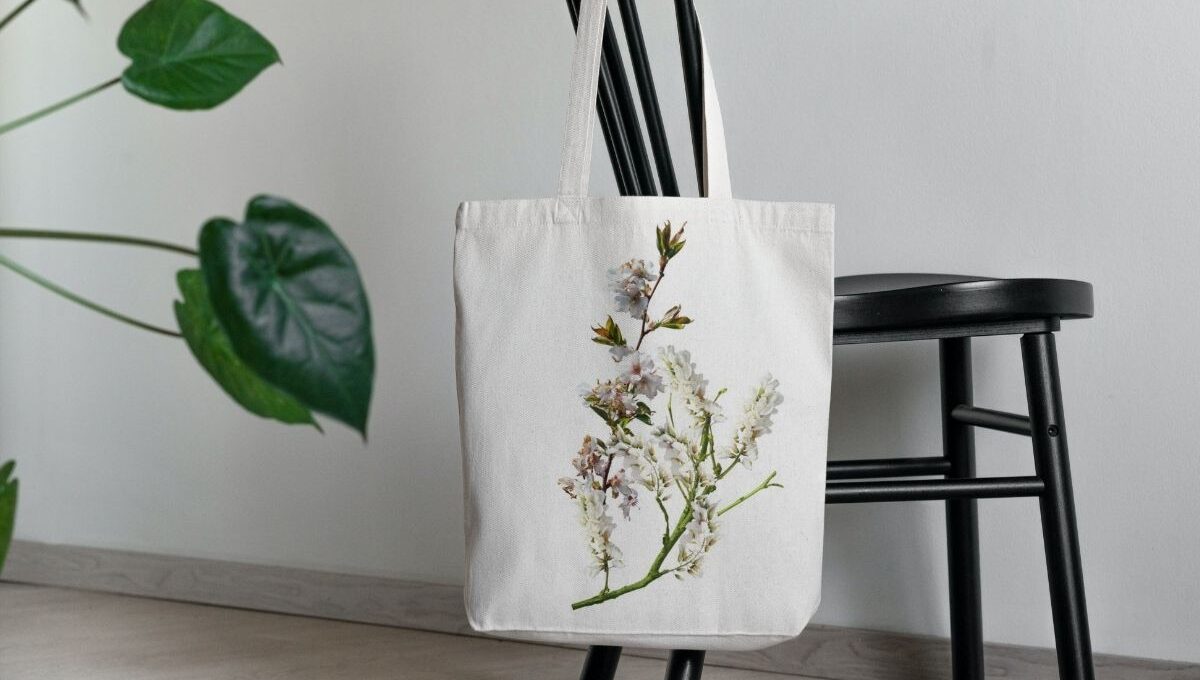
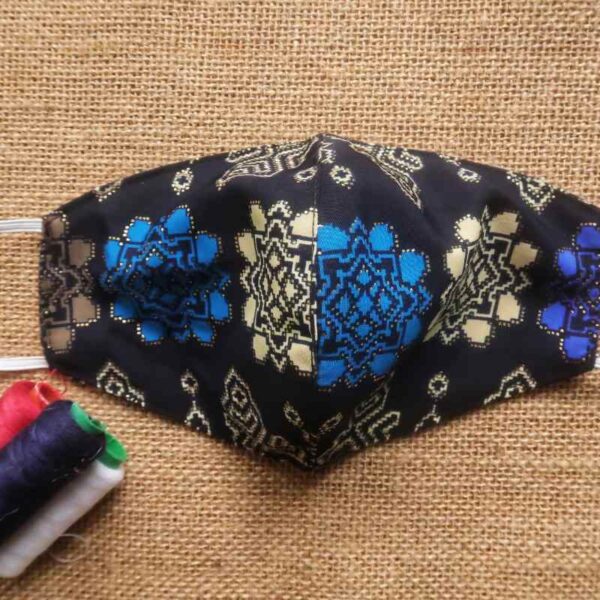
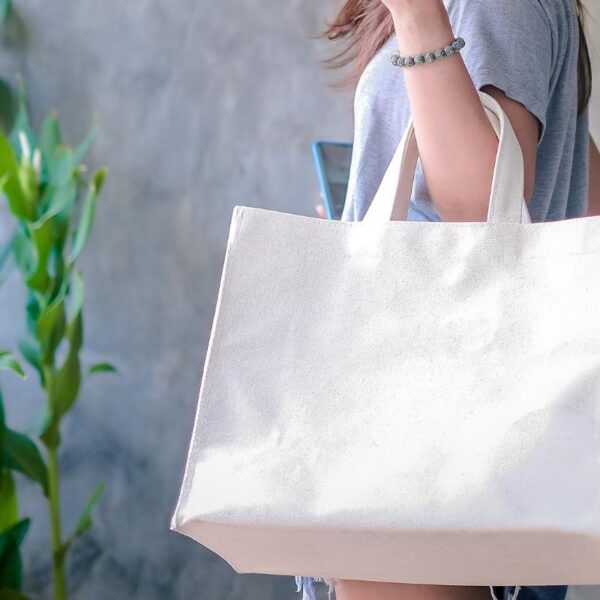
Sign up